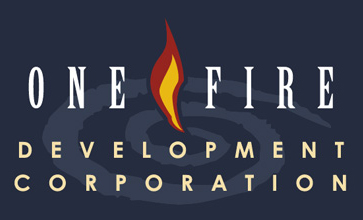Project Management
Building skills to identify the critical actions in moving forward, managing those actions and learning from the results
Several studies have shown that 70 percent of new strategic efforts fail to meet expectations. The common thread? A failure to implement.
The Seneca tribe speaks of “Hahdinowanus,” meaning “they make it happen.” This sums up the essence of project management. It may appear relatively simple to “take off,” but to keep going until you reach your destination can prove difficult without a system or plan.
Moving forward means making a realistic action plan. The plan sets up specific actions, priorities, time schedules, and performance measurements. It will prioritize these actions and allocate resources such as people or materials to support the direction forward. Our experience has led us to find several pitfalls in Project Management:
- The plan must be achievable, and people must believe that it is achievable
- Do not choose only people in formal positions of power as critical influencers
- Identifying and mitigating risk needs to be woven into each step
- Do not let your intuitive judgment of the political system be your only source of information
- People often abandon their efforts because of perceived political ramifications
Learning to create an effective action plan takes real-life experience. Over the years, we have gathered a practical methodology for project management that yields results while minimizing potential risks.
One Tribal nation, to their credit, initiated a systematic budget process. During one of their budget hearings, a Tribal Council member was concerned about the graduation rate of Tribal children. She recalled having the same concern the previous year and had then suggested the Tribal Administrator take action to improve the results. Upon review, we found that the Tribal Administrator only had to report budget expenditures on a monthly basis. We learned that there was no annual planning process to clarify actions or mandate due dates that would instill accountabilities. The Tribal Council took our report and requested the administrator to develop plans before the budget hearing and update these plans at least once a year. The Tribal Administrator was relieved to have a clear agreement with the Tribal Council for next year’s work.
When “getting things done” occurs on an ongoing basis, the next horizon begins with the continuous innovation of existing capabilities. At that stage, business leaders extend these capabilities to new customers and markets, as well as correcting disruptive problems.
